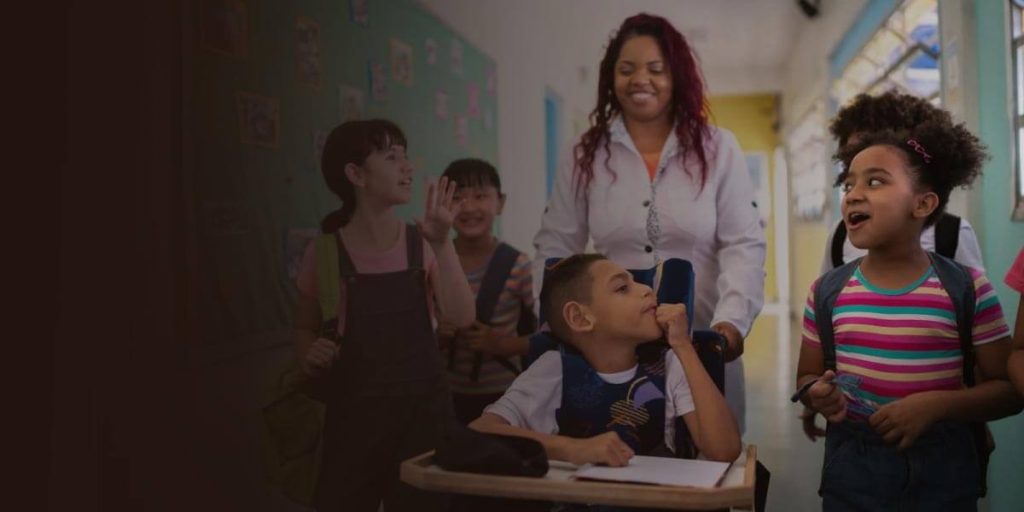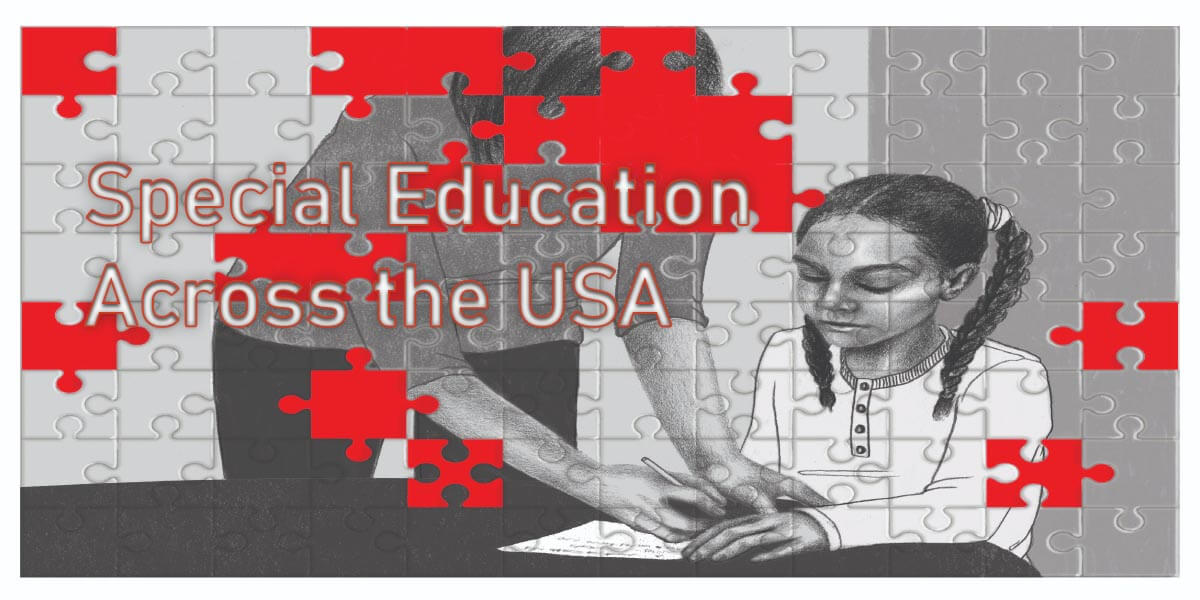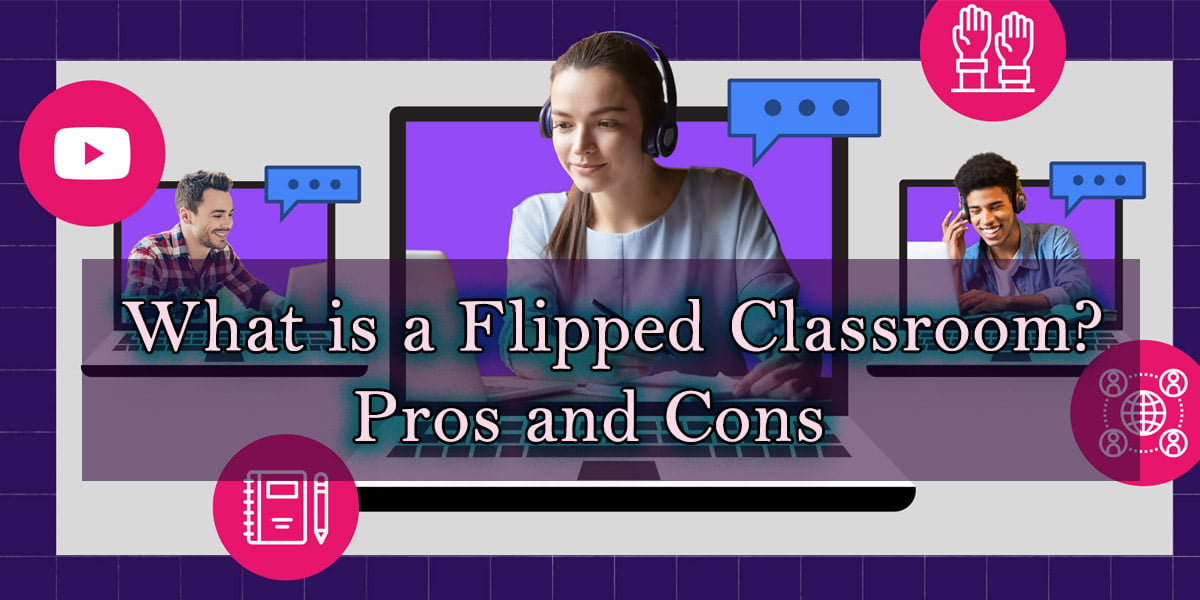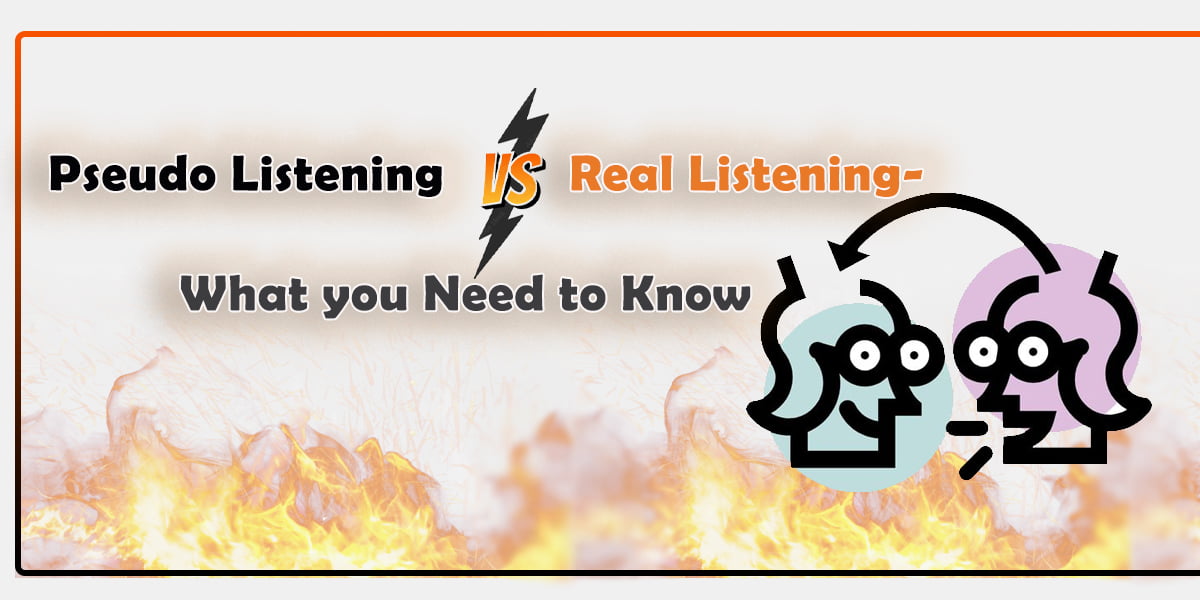Education for students with disabilities in the USA has many issues and requires constant ways to guarantee that students of all ages, even students with disabilities, get the best education. These issues are complicated and may differ by district, state, or even individual schools. Here are some principal issues and possible solutions for Special Education across the USA.
1. Inequities in Funding
- The Challenge: The amount of money available for programs in special education differs widely across districts and states and districts, resulting in inequalities in resources and services that are available to students who have disabilities.
- Solution: Restructuring funding systems to ensure that the schools providing students with disabilities have sufficient resources. Promoting federal funding increases and grants to fund special education programs.
2. Teacher Shortages
- Problem: A shortage of specially trained teachers with the right qualifications could result in an excessive number of cases and a lack of individual care for students.
- Solution: Offering incentives, such as scholarships, loan forgiveness, or higher wages, in order to attract and retain Special education instructors. Offering opportunities for professional development to aid general education teachers in their efforts for students with disabilities.
3. Inclusion vs. Segregation
- The Challenge: Finding a way to balance inclusive education where students with disabilities receive education with their peers and segregated environments, which might better accommodate some students’ requirements.
- Solution: Designing practices for inclusion that offer appropriate support and accommodations in the general education system. Make sure the Individualized Education Plans (IEPs) are created to meet the specific needs of every student.
4. compliance with IDEA
- The Challenge ensuring compliance to the Individuals with Disabilities Education Act (IDEA) to ensure disabled students get an appropriate and free public education.
- Solution: Provide training and materials to school staff in order to ensure they know and abide by IDEA regulations. Systems for monitoring and accountability are needed for compliance and resolve problems.
5. Transition Services

- Problem: Students with disabilities are prepared for the world following graduation can be a challenge and result in post-school outcomes that are less favourable than the outcomes of their peers.
- Solution: Change planning should be implemented at an early stage of a student’s education by involving families and connecting students to community resources as well as vocational programs to help prepare them for life on their own and work.
6. Communication and Collaboration
- Problem: Collaboration and effective communication between parents, educators and specialists is essential but are often limited by barriers.
- Solution: Promotion of a cooperative culture in schools by providing education on effective communication strategies. There will be an encouraging collaboration between schools and community organizations that assist people with disabilities.
7. Addressing Behavioral Challenges
- Challenge: The management of challenging behaviors for students with disabilities can be challenging and require specialized methods and resources.
- Solution: Providing professional development for staff and teachers on positively based behavior intervention and support (PBIS) and providing therapy or behavioral specialists to help students who need extensive assistance.
8. Access to Assistive Technology
- The Challenge: Ensuring that learners have access to the appropriate assistive technology to hear properly and devices to aid their communication and learning requirements.
- Solution: The expansion of funding as well as assistance technology resources. Conducting assessments to determine the needs of each individual and providing instruction for teachers and students on how to utilize these tools efficiently.
9. Parental Engagement
- The Challenge: Getting parents as well as caregivers into the process of special education, which includes IEP creation and decision-making, can be a challenge.
- Solution: To provide resources and education to help parents better understand their rights and be advocates for their children. Establishing regular communications between parents and schools to encourage cooperation.
10. Data Collection and Analysis

- Problem: The process of collecting and analyzing information on educational programs for special needs and their outcomes may be questionable, and it is difficult to keep track of developments and make informed choices.
- Solution: Elaborating consistent collection methods, making use of data to guide decisions, and conducting periodic program evaluations to determine areas of improvement.
The advancements in Special Schooling
The advancements in special schooling in the USA are fueled by means of a mixture of technological improvements, legislative adjustments, research, and the evolution of nice strategies. Here are some noteworthy advances within the place.
1. Inclusion Practices
- Advanced: Greater emphasis on inclusive training for college students with disabilities research among their peers in school rooms for standard education.
- Effect: Addition has been verified to enhance the educational and social consequences of youngsters with disabilities. It also facilitates selling a complete and inviting school environment.
2. Assistive Technology
- Advanced: Widespread availability of assistive era tools and software to assist college students with disabilities in their education and communication.
- Effect: Assistive generation has unfolded training to greater college students and multiplied the independence of disabled students by way of making tackles especially that are specifically designed to satisfy their wishes.
3. Universal Design for Learning (UDL)
- Advancement The adoption of UDL ideas in curriculum design. It is created by getting to know environments that might be flexible and could accommodate a variety of learning styles and abilities.
- The impact UDL enhances the mastering revel in all students, not only in simply disabled college students but also in all disabled students by offering a couple of approaches of engagement, illustration and expression.
4. Early Intervention Services
- Development: Increased knowledge and early recognition of developmental issues, leading to early involvement offerings for babies in addition to infants with disabilities.
- Effect: Early involvement has strengthened the development of children and reduced the need for complete unique schooling later within the offspring’s instructional learning.
5. Response to Intervention (RTI)
- Advanced: RTI frameworks were put in the locality to provide specific help to suffering students consisting of those with getting-to-know disabilities in trendy faculties.
- The effect of RTI has allowed educators to cope with their getting-to-know problems more successfully, decreasing the over-identification of students who require unique instructional services.
6. Individualized Education Plans (IEPs)
- Advanced A focuses on making more powerful and customized IEPs that cope with the scholars’ personal strengths, requirements, dreams, and needs.
- The impact Improved IEPs assist in making certain that scholars with disabilities receive the specialized guide and resources required to make certain their success.
7. Professional Development
- Development: Increased emphasis on expert development and training for educators, which includes popular training instructors, with the purpose of helping college students with disabilities.
- Effects: Educators are better equipped to apply evidence-based strategies in addition to differentiating their instruction, which results in higher effects for disabled college students.
8. Behav#ioral Interventions
- Advanced: The adoption of nice behavior intervention and support (PBIS) applications to tackle the behavioral problems of college students with disabilities.
- Effect: PBIS has brought about extra effective and proactive strategies for managing behavior, which has reduced the need for corrective measures and encouraged the wonderful school surroundings.
9. Family Engagement
- Progress: Efforts to involve parents and caregivers in the technique of special training, which includes IEP meetings and choices.
- The impact: Increased collaboration among households and schools results in an effective and complete approach to guiding students with disabilities.
10. Legal Protections

- Advanced: Ongoing updates and clarifications on crime protections like those below the Individuals with Disabilities Education Act (IDEA) and Section 504 of the Rehabilitation Act to make sure all get the same right of entry for training.
- Effect: Legal protections have been instrumental in shielding the rights of youngsters with disabilities and holding instructional institutions accountable to provide the proper offerings.
Thus, the solution to these issues with special education demands a multifaceted approach which involves federal, state and local stakeholder groups in addition to parents and advocacy groups. Continuous initiatives and advancement enhance the quality of education. It will guarantee equality for every disable student and are crucial to ensure how special education will be developed in the USA.




